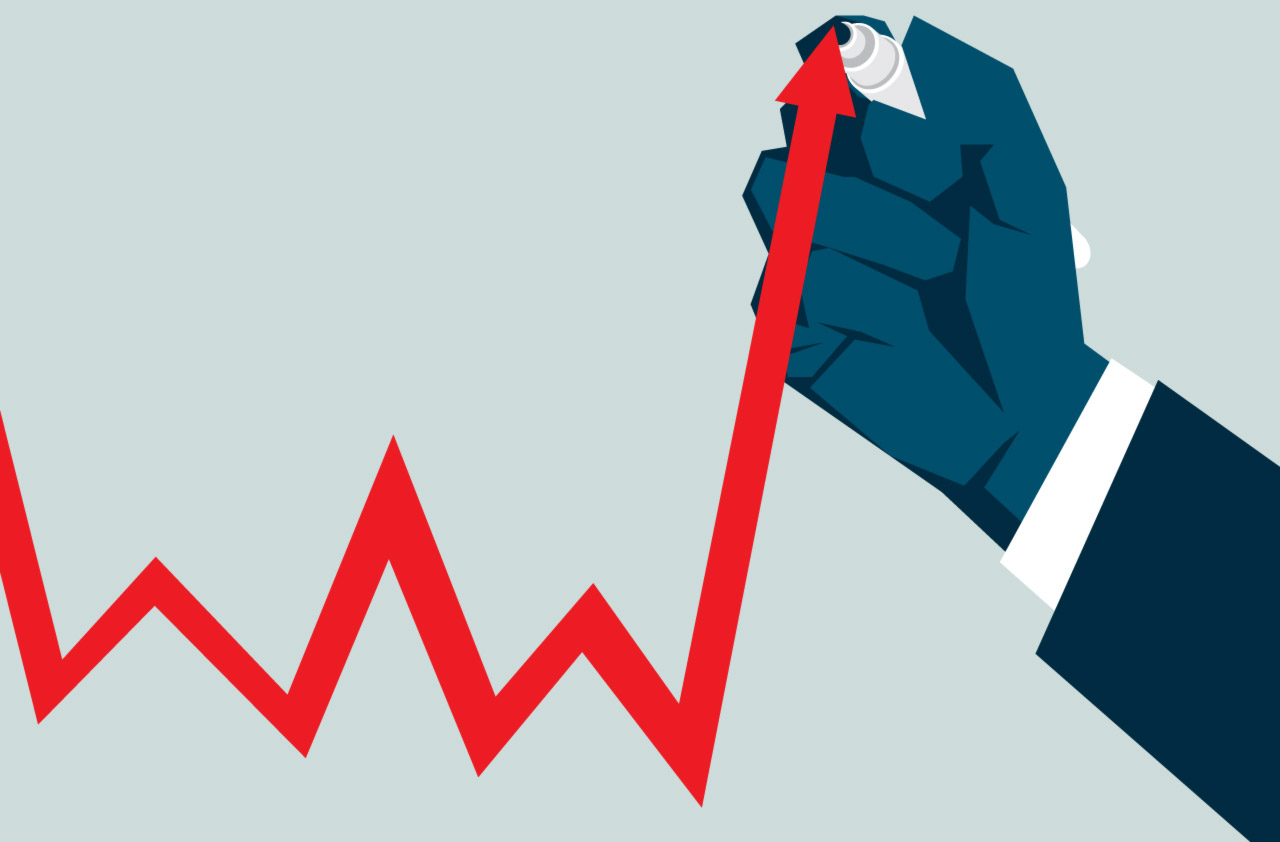
Kiplinger’s Economic Outlooks are written by the staff of our weekly Kiplinger Letter and are unavailable elsewhere. Click here for a free issue of The Kiplinger Letter or to subscribe for the latest trends and forecasts from our highly experienced Kiplinger Letter team.
Inflation isn’t roaring back, but progress in reducing it further has stalled. Inflation in October rose a moderate 0.2% for the fourth month in a row, and the yearly rate edged up to 2.6%. While prices of groceries and energy were little changed, the inflation rate excluding food and energy prices was 3.3% in October, and has been stuck close to that level for five months now.
The inflation rate for commodities excluding food and energy appears to be stabilizing between -1% and 0%. Used car prices are no longer declining so a major factor that had been driving down overall inflation at a faster rate has disappeared. That leaves services prices excluding energy, currently running at a 4.8% annual inflation rate, as the only remaining source for driving broader declines in the headline inflation figure. It had been expected that housing and shelter cost increases would diminish, but these picked up again in October and have remained stubbornly high at 4.9% year-over-year. While car owners caught a break, seeing no cost increases for insurance in October compared with September, auto insurance prices are still up 14.0% from a year earlier. Car repair costs are up 7.3% annually. Medical services costs are 3.8% higher year-over-year, with health insurance up 6.8%. Airline fares jumped for the third straight month, and are now 4.1% higher than a year ago.
Where does this leave the Federal Reserve? The strength in services inflation will be worrisome to the Fed because inflation in this sector tends to be persistent, and shelter is the single biggest component of the Consumer Price Index. For now, Chair Jerome Powell can argue that further cuts in short-term interest rates are justified because inflation has been on a downward trend, and he is likely to again cut a quarter-point at the Fed’s policy meeting on Dec. 18. But, if further progress on inflation toward the Fed’s goal of 2% is not made, then Powell will have to slow the pace of the Fed’s cuts next year. (Note: the Fed’s goal of 2% is for an inflation measure called the personal consumption expenditures deflator, not the Consumer Price Index. The PCE deflator tends to run about a half percentage point below the CPI, at present. The PCE deflator excluding food and energy rose at a 2.7% rate for the 12 months ending in October, compared with the core CPI’s 3.3%.)







